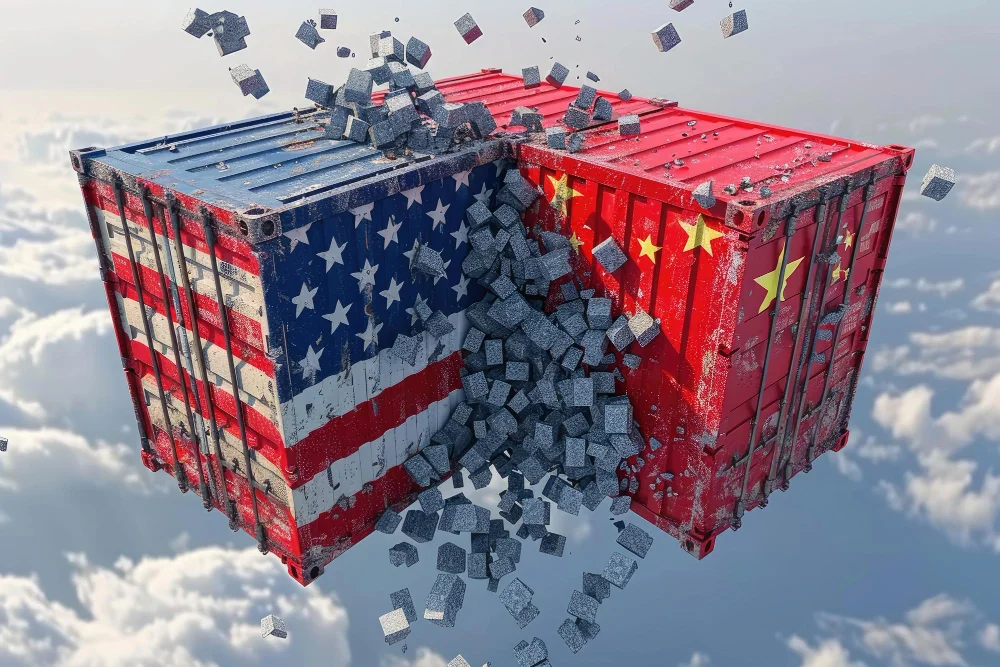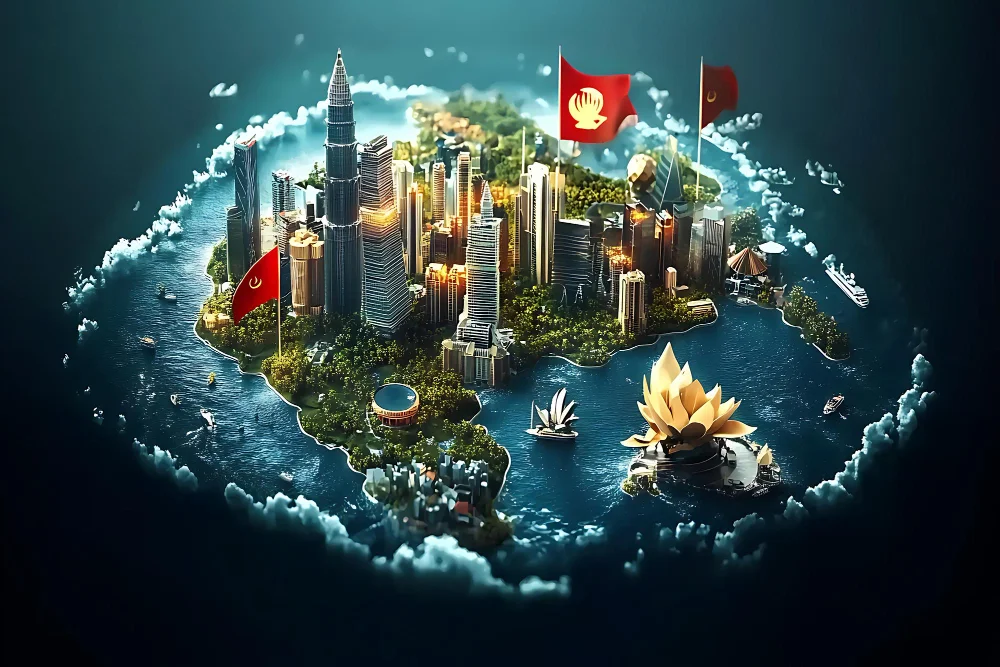Introduction
East Asia has long been a powerhouse in the global economy, with China, Japan, and South Korea leading the way. These three countries have not only established themselves as key players but are now reshaping the dynamics of global trade. Their combined influence is driving economic trends, changing trade agreements, and defining new standards across various industries.
Historical Context of East Asia in Global Trade
The economic rise of East Asia didn’t happen overnight. Decades of strategic planning, innovation, and strong government support have paved the way. While Japan was one of the first East Asian countries to make a significant mark in global trade, China and South Korea soon followed, each adding unique strengths to the regional economy. From electronics to automobiles and now advanced technologies, East Asia has transitioned from being a manufacturing hub to a leader in innovation.
China’s Role in the Global Trade Arena
China’s economic rise has been extraordinary. It has rapidly transformed into the world’s largest exporter, accounting for a significant share of global exports. China’s role in global trade is now much more than producing low-cost goods; it has become an innovation hub for high-tech industries.
- Key Industries and Export Markets
China’s exports include everything from electronics to machinery and textiles. Key industries such as information technology, electronics, and manufacturing drive its trade dominance. Major export markets include the United States, the European Union, and Asia-Pacific countries. The demand for Chinese products has grown due to competitive pricing, and China’s ability to scale production quickly. - Belt and Road Initiative (BRI)
The BRI is one of China’s most ambitious projects, aimed at connecting Asia, Europe, and Africa through infrastructure investments. This initiative strengthens China’s influence across continents, creating new markets for Chinese goods and facilitating smoother trade routes. By financing infrastructure in developing countries, China is not only expanding its trade network but also gaining strategic footholds in these regions.
Japan’s Economic Influence
Japan, known for its technological prowess, has been a major player in global trade for decades. It has consistently remained a top exporter and a significant investor in various industries worldwide.
- Technological Innovations and Exports
Japan’s commitment to quality and innovation has made it a leader in sectors like automotive, electronics, and robotics. Japanese brands such as Toyota, Sony, and Panasonic are synonymous with reliability and advanced technology. This innovation-driven economy has enabled Japan to maintain a competitive edge in high-value exports, keeping the country relevant in the global economy. - Strategic Trade Partnerships
Japan has strategically forged trade agreements with key global partners, including the United States, the European Union, and various Asia-Pacific countries. These partnerships have allowed Japan to secure access to essential markets and resources, reinforcing its position in global trade. Japan also plays a significant role in regional trade agreements like the Comprehensive and Progressive Agreement for Trans-Pacific Partnership (CPTPP), further solidifying its influence.
South Korea’s Trade Dynamics
South Korea, though smaller in size compared to China and Japan, has emerged as an influential economic force. Its exports are not only diverse but also embedded with cultural impact, especially in areas like technology and entertainment.
- High-Tech Exports and K-Wave Influence
South Korea is a leader in high-tech industries, with companies like Samsung and LG setting standards in electronics and mobile technology. South Korean culture, particularly K-pop, K-dramas, and beauty products, has gained global popularity, boosting demand for Korean goods and enhancing the country’s soft power. - Economic Partnerships and Trade Agreements
South Korea has established multiple Free Trade Agreements (FTAs), particularly with the United States, European Union, and Southeast Asian nations. These agreements have opened up new markets and reinforced South Korea’s position in global trade. South Korea’s proactive approach to securing trade deals has helped it to navigate economic uncertainties and maintain growth.
Collaborative Efforts Among East Asian Giants
China, Japan, and South Korea share intricate trade relationships with each other and the broader Asia-Pacific region. These countries have increasingly found value in cooperating within the region to enhance their influence on global trade. Initiatives like the Regional Comprehensive Economic Partnership (RCEP) reflect East Asia’s collaborative approach, positioning the region as a unified economic entity that can negotiate with other global powers.
Challenges Facing East Asia’s Economic Powerhouses
While East Asia’s economic giants are dominant players, they face significant challenges. Trade tensions, particularly between China and the United States, have led to uncertainties. Each country is also dealing with its own set of internal challenges, from Japan’s aging population to South Korea’s fluctuating trade policies and China’s regulatory hurdles. These challenges test the resilience and adaptability of East Asian economies and influence their global trade strategies.
The Future of Global Trade with East Asia at the Helm
Looking ahead, East Asia’s influence on global trade will likely continue to grow. As these countries invest in technology, renewable energy, and infrastructure, they are setting standards for the global economy. East Asia’s focus on sustainability and innovation is paving the way for a more interconnected global market, with Asia at the center. China, Japan, and South Korea’s role in trade organizations and international partnerships will play a critical role in shaping the future of global trade.
Conclusion: East Asia’s Continued Influence on World Trade
China, Japan, and South Korea are not just adapting to global trade trends—they’re defining them. As they continue to collaborate and strengthen their economic ties, these East Asian giants will drive the future of global trade. Their combined efforts, rooted in technological advancement and strategic partnerships, position East Asia as a central player in the world economy.


